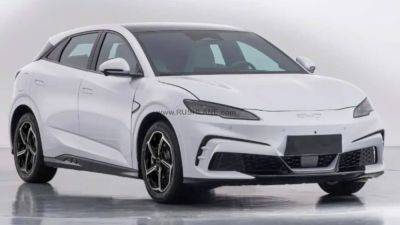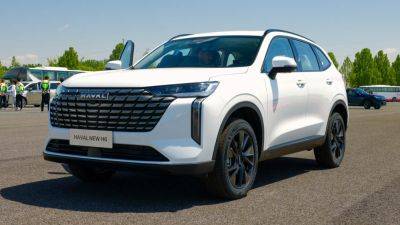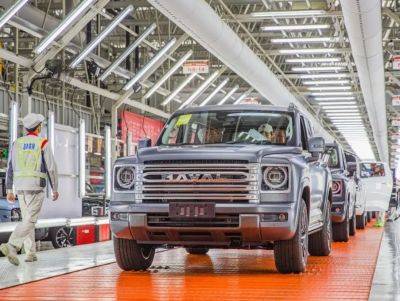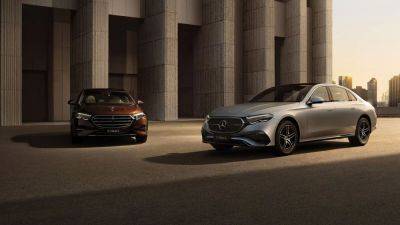No more warts on EVs: Hesai brought in-cabin lidar to Beijing, mass production to start in Q2 2025
Shanghai-based lidar maker Hesai Technology brought its ET25 to the Beijing Auto Show. The new lidar is designed to be positioned behind the windshield and inside the cabin – not outside the car as usual. Mass production will start in the second quarter of next year, and FAW’s Hongqi will be among the first customers.
Hesai says the new ET25 is aimed at sports cars, as exterior bulky lidars are enemies of aerodynamics and lower the drag coefficient. Automakers know this – for example, Xiaomi SU7 claims a drag coefficient of 0.195 Cd. However, as CarNewChina noticed, the testing was performed with the SU7 version without lidar.
Moreover, the lidar is not particularly design-friendly. It creates bulks on the car, which doesn’t look good, and if placed on the top of the windshield, it even makes it difficult for the wiper to do the job properly. The first production car with three lidars – WM Motors M7, was even described by many reviewers as a sedan with warts. Lastly, the in-cabin solution ensures the lidar is dust and dirt-free.
The ET25 stands for “Extremely Thin,” and 25 refers to 25 mm height. It has a detection range of over 250 meters at 10% reflectivity and enables L2+ and L3 autonomous driving capabilities.
However, there is a reason why the lidar behind the front windshield is not standard. The glass could weaken the lidar-emitted signals or even block it.
Hesai thus started a cooperation with Fuyao Group, an automotive glass giant established in 1987. As a result of their partnership, part of Hesai’s ET25 solution is a special co-engineered front windshield glass that solves the signal weakening problem.
As the ET25 detection range is 250 meters, behind the glass windshield, it is reduced to 225 meters, Hesai says.
Different automakers use different solutions when it comes to lidar. Nio places lidar on top of the front windshield, while Li Auto places it down next to the front lights. The second solution looks better design-wise, but it raises concerns about lidar’s vulnerability in this position, as it can be more easily damaged. Nio uses Inovusion lidar, while Li Auto uses Hesai technology.
Tesla doesn’t use lidar and relies only on vision, as







